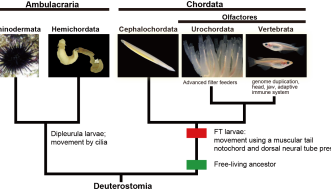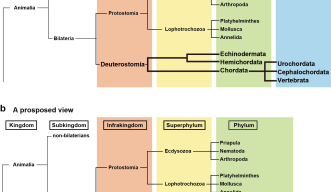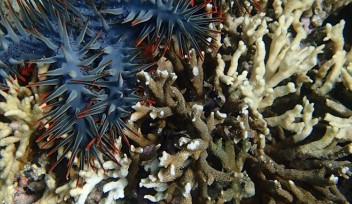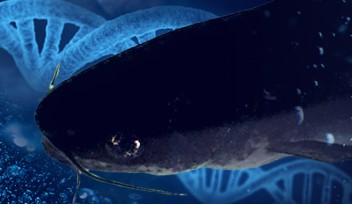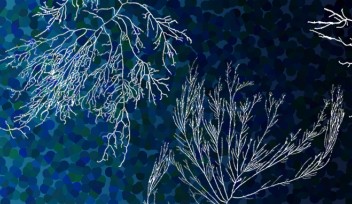The Phylum Vertebrata: New Concepts Based on Advances in Animal Systematics
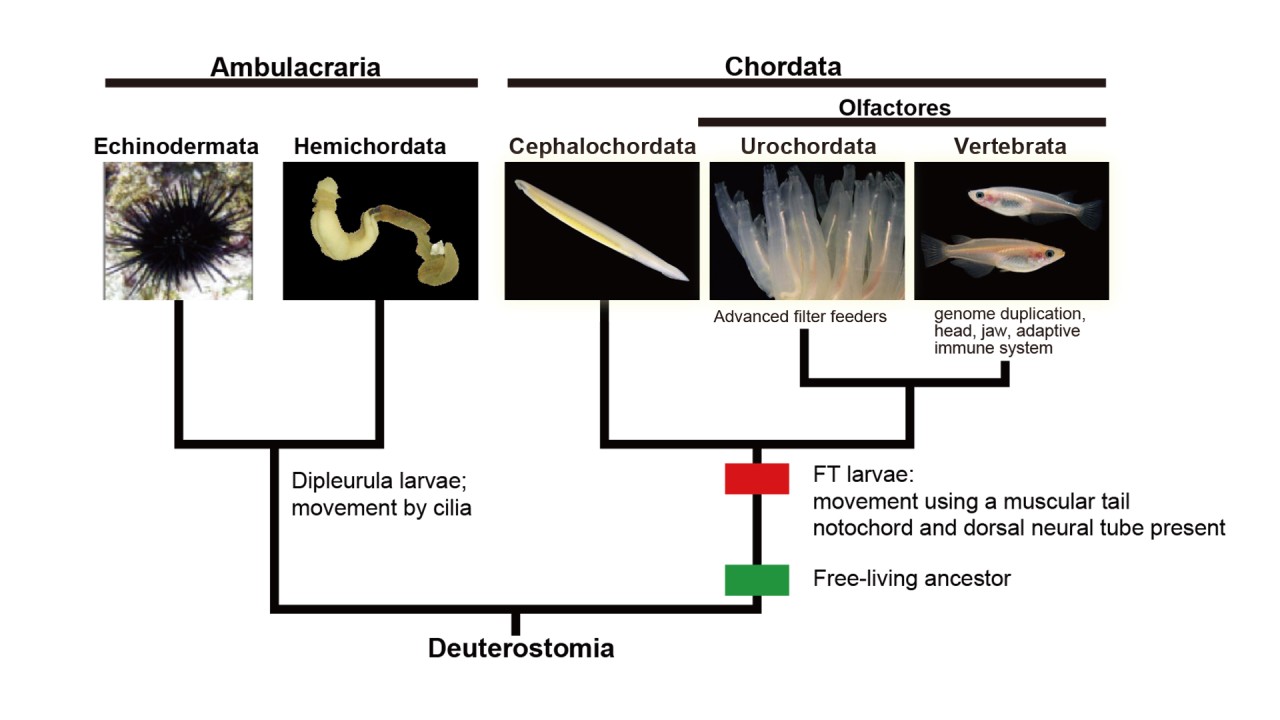
The way in which most multicellular organisms have been classified has been the same for more than a century. Only recently have scientists developed the tools and knowledge to question the way we classify organisms. The data accumulated from these newly developed techniques has the potential to change how future generations of scientists classify organisms and understand the connections between them. Professor Noriyuki Satoh from the Okinawa Institute of Science and Technology Graduate University, as well as Professors Daniel Rokhsar of University California, Berkeley and Teruaki Nishikawa of Toho University, Funabashi, have conducted the research resulting in their new article in Proceedings of the Royal Society B, which proposes a substantial change to how animals, chordates in particular, are classified.
The reasoning behind this proposed reclassification comes from the collection of data from different fields of study, including genomics, evolutionary developmental biology and molecular phylogenic techniques. Genomics is the broadest of these, where all aspects of the genome of a particular species are analyzed and compared to other genomes to find differences and similarities. Molecular phylogenic techniques are more specific than genomics, examining both new and old genes from the entire genome and comparing them in groups. Evolutionary developmental biology is the oldest of the methods, which examines an organism’s structure or body plan for similarities and differences.
The research proposes that given new data from these methods of observation, there should be a new category called Superphylum. This category would fit between the rank Infrakingdom where Deuterostomia are, and Phylum, which is currently the rank of Chordata. Much of how organisms are classified depends on their shared characteristics. The number of shared characteristics one organism has with others determines where it is classified.
Deuterostomes include all organisms that follow a very specific embryonic development. Chordates include all animals with a notochord or dorsal neural tube, which are the core components of a central nervous system. Looking at the shared characteristics of organisms from the perspective of evolutionary biology suggests that a larger and more generalized distinction be made between Chordata, Echinodermata and Hemichordata. Echinoderms and hemichordates, which are animals such as starfish and acorn worms respectively, are closely related in their early developmental stages in life. In the new proposed view of organization, Chordata would become a superphylum, with another superphylum, Ambulacraria, above Echinodermata and Hemichordata.
The key distinction between these two new superphyla lies in locomotion and larval development. Ambulacaria would be characterized by larvae, which move through their environment with cilia, tiny hair-like projections which undulate to propel them through their environment. Chordata on the other hand have fish-like or tadpole-like larvae that are able to move through their environment, initially water, with muscular tails. This form of locomotion was aided by the ridged structure notochords and early backbones, which is something all vertebrates share. Because of such a distinct difference in development between the two, the creation of the two superphylum categories becomes merited.
Where Chordata would be eleveated to the status of superphylum, the previous subphylums of Cephalachordata, organisms with notochords throughout life, Urochordata, organisms which possess notochords in the early stage of life and Vertebrata, organisms with backbones, would all become their own phyla, moving up one rank to reflect the broader differences between each group as well as the level of diversity each possesses. This new shift in classification should help aide the future study of chordate evolution including vertebrates such as humans.
Download the press release (PDF) here.
By Sean To
For press enquiries:
Press Inquiry Form











